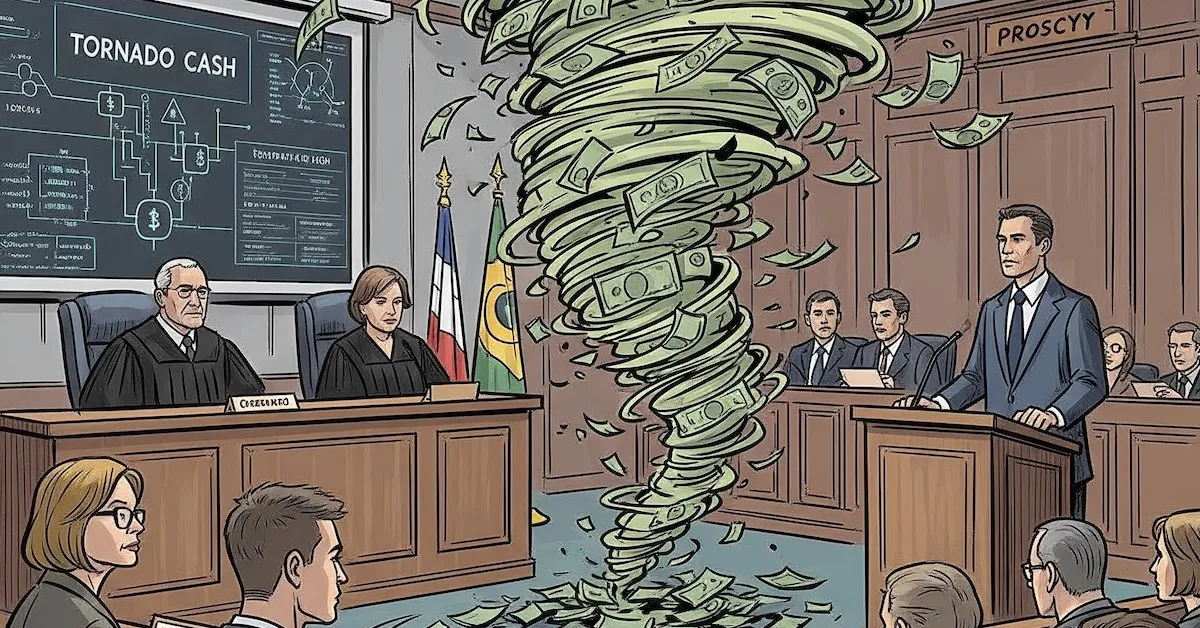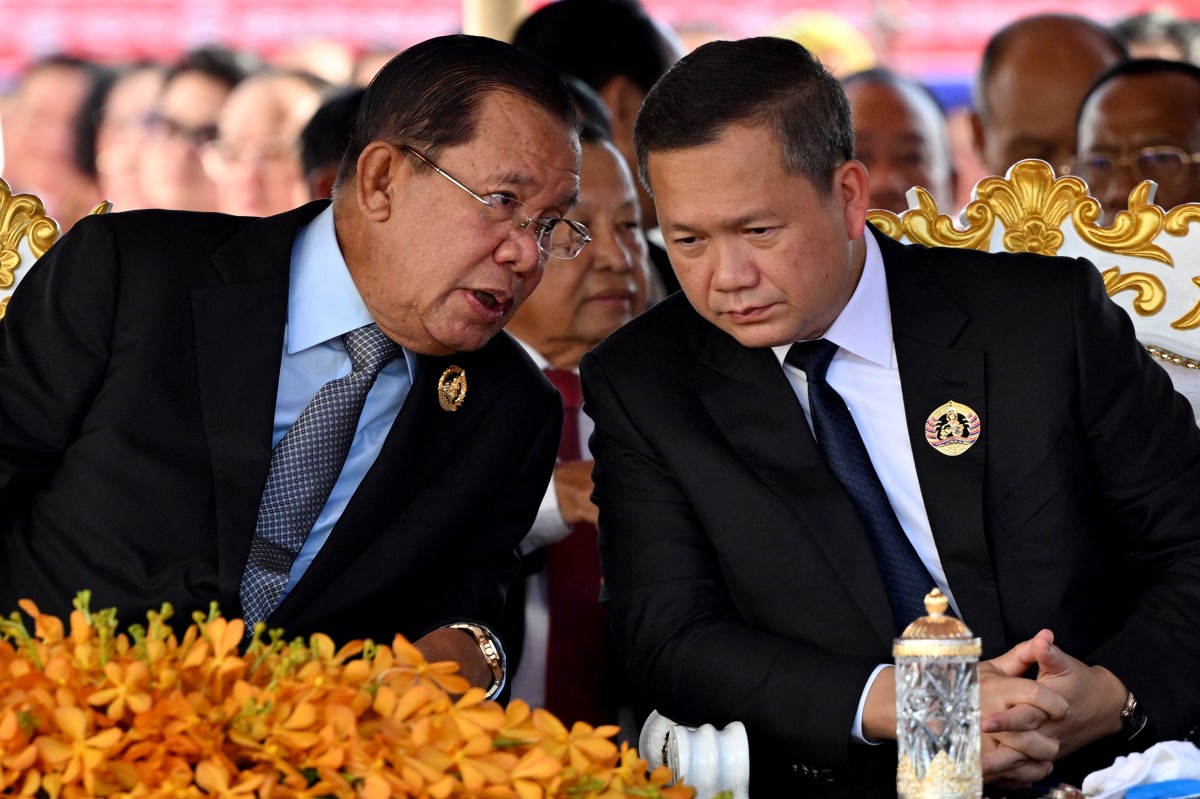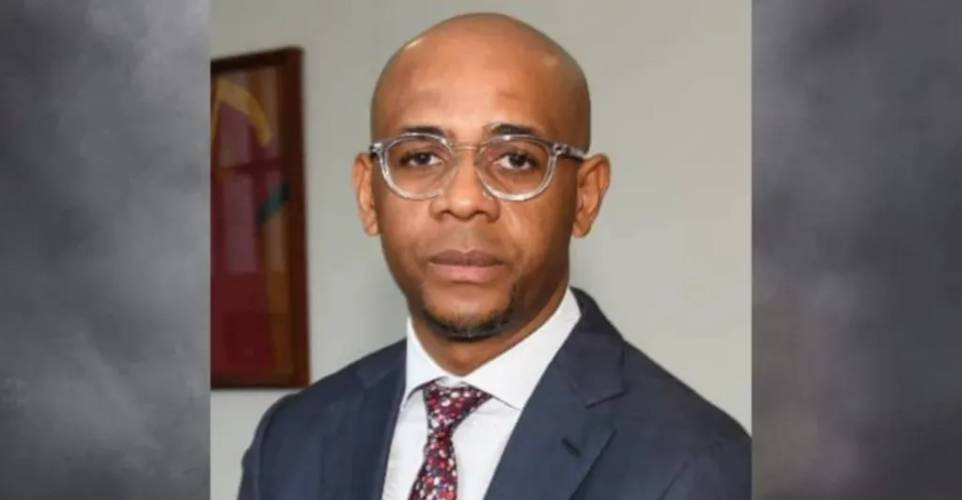Ukraine Faces Pressure Over Donbas Land Swap Plan in U.S.–Russia Peace Negotiations

Life for those residing near the front lines in Ukraine's Donbas region remains a daily struggle for survival, a reality underscored by recent diplomatic discussions surrounding a potential peace deal. Days before meeting Vladimir Putin in Alaska, Donald Trump introduced the concept of "land swaps" as a condition for peace, a phrase that caused confusion in Ukraine. It soon became clear that Trump was reportedly planning to press Ukrainian President Volodymyr Zelensky to surrender the entirety of the eastern Ukrainian regions of Donetsk and Luhansk in exchange for Russia freezing the remaining front line, a proposal initially put forward by Putin in Alaska. These two regions, collectively known as Donbas, are rich in minerals and industry, and have been central to Ukraine's identity.
Luhansk is already almost entirely under Russian control, while Ukraine is estimated to retain control over approximately 30% of Donetsk, including several vital cities and fortifications, at the immense cost of tens of thousands of Ukrainian lives. Ukrainian historian Yaroslav Hrytsakdescribed surrendering these territories as a "tragedy," emphasizing their integral role in strengthening Ukrainian identity and their history of producing prominent politicians, poets, and dissidents. Since Russian aggression commenced in 2014, at least 1.5 million Ukrainians have fled the Donbas, with over three million estimated to be living under Russian occupation and a further 300,000 in Ukrainian-controlled areas. Military chaplain Andriy Borylo, from the heavily impacted city of Sloviansk, highlighted the desperate situation, expressing a feeling of "resignation and abandonment" among the populace.

Photo Credit: The New York Times
President Zelenskyhas consistently rejected the notion of ceding Donbas in exchange for peace, a stance largely supported by the Ukrainian population, with approximately 75% objecting to formally surrendering any land to Russia, according to polling by the Kyiv International Institute of Sociology. Concerns are high regarding Russia's willingness to adhere to any such agreement without using annexed land for future aggressions.
However, Ukraine is deeply fatigued by the ongoing war, which has claimed hundreds of thousands of military and civilian lives. Yevhen Tkachov, an emergency rescue worker in Kramatorsk, articulated this dilemma, stating, "Life is more important than territory," and questioning the value of sacrificing tens of thousands of lives for a few thousand square kilometers. This stark choice, "land versus life," places Zelensky at a complex crossroads, with opposition MP Volodmyr Ariev noting that while Ukraine lacks the endless capacity to continue fighting, conceding land could be viewed as a constitutional breakdown and even treason.
The mechanism for such a territorial agreement remains unclear within Ukraine. Any formal handover of national territory would require the approval of parliament and a national referendum, a legal procedure not well understood or even anticipated by the constitution's framers. A de-facto surrender of control, without formal recognition of Russian territory, is considered more likely, but its procedural implications are equally ambiguous. Diplomatic exchanges, such as Zelensky's meeting with Trump in Washington, are crucial in clarifying these paths, especially after previous encounters left some unhappiness.
The issue of territorial control was prominently displayed during Zelensky's meeting with Trump, where a map in the Oval Office showed significant portions of Ukraine, including Donbas, shaded under Russian occupation. Trump reiterated his view that "a big chunk of territory is taken," suggesting the time for territorial compromise, or "land swaps," had come. While the White House map indicated Russian control of 99% of Luhansk and 76% of Donetsk, as well as significant portions of Zaporizhzhia and Kherson, Zelensky presented his own map arguing Russia had occupied less than 1% of Ukrainian territory (5,842 sq km) in the past 1,000 days since November 2022, with much liberated territory.

Photo Credit: CNN
Despite recent localized Russian advances in areas like Kupiansk and Kreminna, fuelled by manpower shortages on the Ukrainian side and increased drone use, defence analysts like Konrad Muzykanote that Russia's broader front line shifts have been minimal since the early months of the war. Russia, despite heavy losses, can recruit 30-35,000 soldiers monthly, but seizing the remainder of Donetsk alone is estimated to take "multiple years." Ukraine still maintains control over an estimated 6,600 sq km of Donbas.
Crucially, for Ukrainians, robust security guarantees are an absolutely vital component of any potential agreement. Trump, seemingly reversing his previous stance, indicated readiness to join Europe in offering Ukraine military protection from future Russian attacks. For figures like Yevhen Tkachov, true peace would only be considered with "real guarantees, not just written promises," perhaps even suggesting the presence of foreign naval forces. As various paths to peace are explored, the profound human cost of a decade of war and the potential for further loss in the name of peace remain central. As historian Vitalii Dribnytsia emphasized, the discussion extends beyond culture, politics, or demographics to the very people of Donbas, who, regardless of regional significance, are fundamentally Ukrainian.
You may also like...
2026 Jeep Cherokee Unveiled: Specs, Price, and Heritage Revival Spark Debate

Jeep re-enters the compact SUV market with the all-new 2026 Cherokee Hybrid, boasting a boxy XJ-inspired design and an e...
Mercedes-AMG GT XX Shatters EV Record, Dares Tesla to Catch Up

Mercedes-AMG's Concept AMG GT XX shattered 25 electric vehicle records during an ultramarathon run at Nardò, covering th...
Tornado Cash Trial Concludes with Guilty Verdict, Crypto Community Seeks Answers

The Tornado Cash trial has concluded with co-founder Roman Storm found guilty of conspiracy to operate an unlicensed mon...
Ethereum Skyrockets to New All-Time High, Legendary Trader Calls It 'Powerful'

Ethereum (ETH) has soared to a new historic peak of $4,885, marking its first all-time high in nearly four years, follow...
AI's Untamed Momentum: Nvidia's Explosive Growth & Future Outlook

AI chipmaker Nvidia's third-quarter revenue forecast surpassed Wall Street estimates, driven by strong demand for its ch...
Trade War Escalates: India Reacts to Crushing US Tariffs on Exports

India is responding to new US tariffs that will affect 55% of its merchandise exports by implementing national strategie...
Thai-Cambodian Border Boiling Point: Fake News, Assassination Plots, and Land Disputes Fueling Tensions

Tensions persist along the Thai-Cambodian border, fueled by accusations of assassination plots, alleged landmine deploym...
Shockwave in Equatorial Guinea: President's Nephew Jailed in Sex Tape Embezzlement Scandal

Equatorial Guinea's former financial investigation agency head, Baltasar Ebang Engonga, has been sentenced to eight year...
:max_bytes(150000):strip_icc()/Health-GettyImages-1239099323-30991676ea1b48f8a3555d8a9b7b2bcf.jpg)

' class='img-responsive text-center' style='margin: auto;'.com/vi/4v0dc3VVEUM/hq720.jpg?sqp=-oaymwEhCK4FEIIDSFryq4qpAxMIARUAAAAAGAElAADIQj0AgKJD&rs=AOn4CLBXygc3IwAq5wYwwCH_yktQ8ZhSaA)
